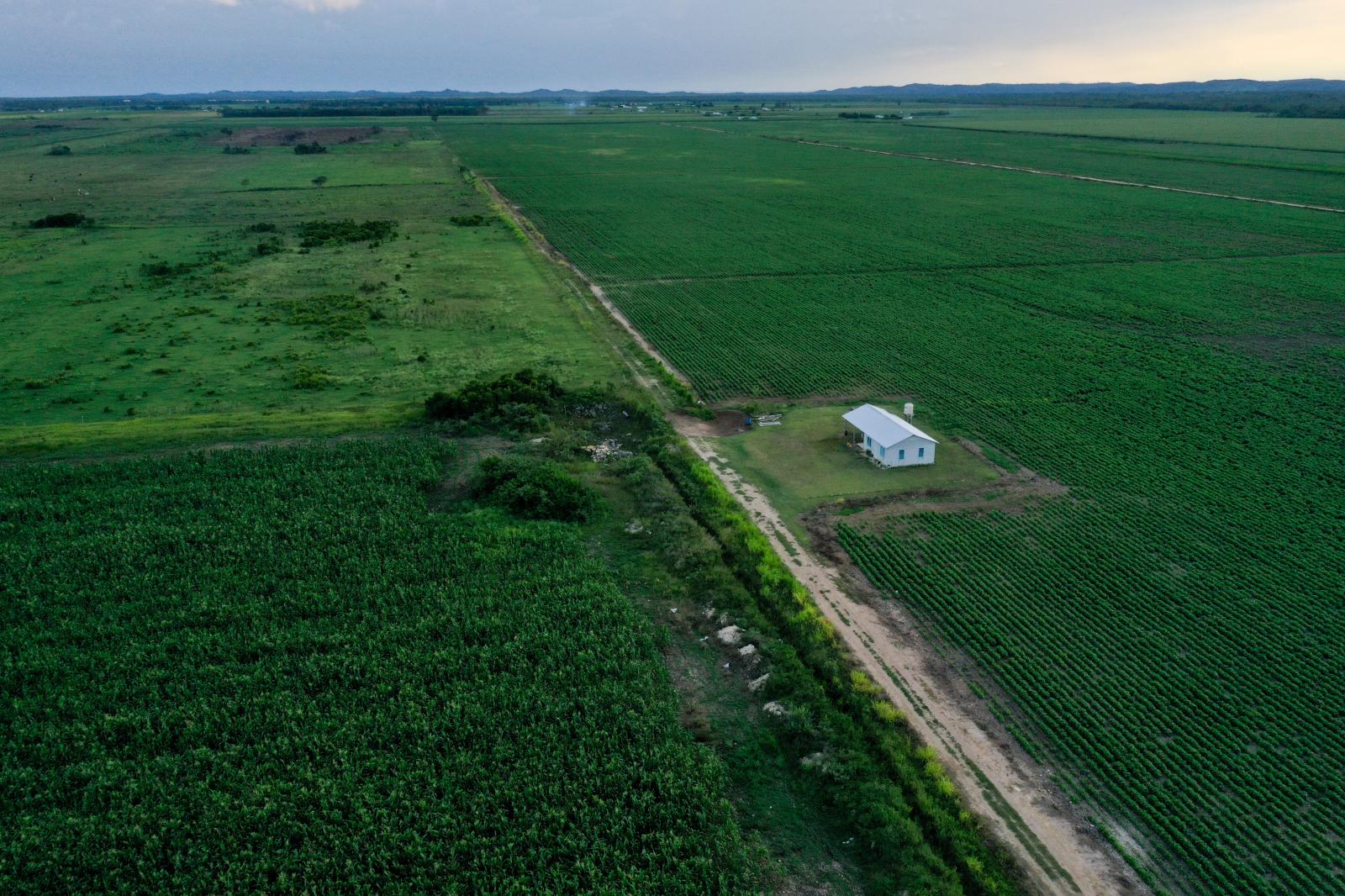Public Story
The Mennonites of Bacalar in front of environmental crisis
Summary
Salamanca is an isolated community of 1,450 Mennonites surrounded by the dense Mayan Jungle. For over five hundred years, these people have found meaning in working the soil. The fifty square kilometers of the town were cleared, farmed and built by their hands. They have no television or radio, and the only books they read are editions of the New Testament. As such, they are ignorant of climate change and the role they play in it.
Eight kilometers away is the city of Bacalar. Coveted for its proximity to the shore and to Bacalar Lagoon, this town is a main tourist destination of Quintana Roo, Mexico. Once famous for its multiple shades of blue, the waters of Bacalar turned a dirty and uniform color in 2020 after the tropical storm Cristobal hit the region. A large part of the water unloaded by the storm flowed into the lagoon, resulting in a massive death toll of endemic species.
The Mennonites were singled out as the main culprits. Pouring chemicals on the porous soil of the Yucatan Peninsula brings with it a serious problem: the abundant rains that fall in the region easily infiltrate it the soil and spread the pollutants. The great Mayan aquifer is a complex network of interconnected underground rivers supplied by this rainfall. The jungle, the cenotes, the mangroves, and the seagrasses, are all connected by this aquifer. What happens in one place affects all the others. This project seeks to understand this community, to address their impact on the climate crisis and ultimately to foster conversation about the importance of looking for sustainable alternatives and the urgency of environmental education.






















